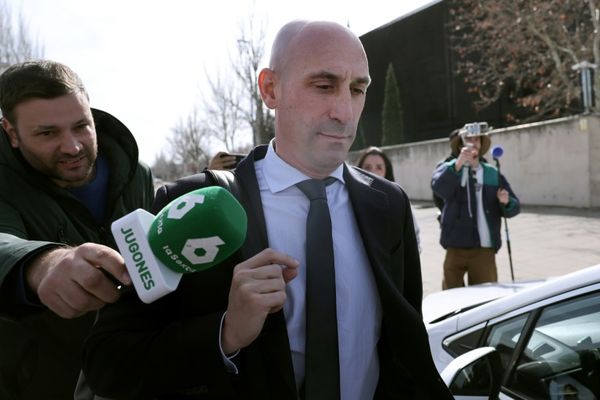
Soccer (football) as a sport possesses a number of appealing features. It doesn’t require the investment of entire afternoon or evening. With continuous action, most matches last less than two hours. The level of skill, exemplified by several goals in the current FIFA World Cup, is impressive. It is inexpensive, encouraging truly global participation.
I use this preamble to head off complaints that I’m one of those soccer “haters,” who just don’t get it. I get it. I’ve watched a lot of soccer matches and defended it in many circles.
However, soccer incorporates some of the most unappealing elements of sports. Brazil’s Neymar drew attention to one of the biggest — outright faking. During the match with Mexico, a minor collision with a Mexican player led to a lengthy spell of Neymar writhing on the ground as if he had just had his leg amputated. His antics drew a storm of criticism among commentators and on social media. One of the funniest comments, “I wouldn’t want to see him coming out of a doctor’s surgery (office) after getting a flu shot.” Ireland’s manager, Martin O’Neill, called the incident “absolutely pathetic.”
The World Cup stage, his fame, and the extent of his play acting cast a more intense spotlight on it, but this kind of thing occurs with regularity. In criticizing Neymar, one commentator noted that we would not see Lionel Messi or Christiano Ronaldo engaging in this sort of nonsense. Ironically, in an earlier World Cup match, Messi had done exactly that, wildly exaggerating the damage inflicted by a little contact to the toe of his shoe. Seemingly, this contact radiated all over his leg as he agonized on the pitch. In another game involving either Croatia or Serbia, one of the players sustained a good thump to his ribs. The referee halted play. Trainers attended to the player on the field, and then he slowly walked off clutching his side as if in severe pain. I felt bad for the guy. As soon as he reached the sideline, he signaled the ref to be reinserted and rejoined the game looking as if nothing had happened. Even though I was mildly rooting for his team, I just rolled my eyes and thought, “soccer.”
On its own accord, this kind of acting and exaggeration is ridiculous. To fans of sports where contact is the norm such as hockey, rugby, and football, it engenders outright contempt.
Soccer’s governing organizations need more than a social media storm to quell this kind of action. It’s much more than a “one-off” problem. Besides attention-seeking, players use playacting as a way of trying to influence the referee to dole out more or more severe punishment, whether on the current play or in future situations in the game. It’s also used as a stalling tactic, even though the referee may add some time to the end of the game.
One way to disincentive this kind of silliness would be to institute a rule that imposes a minimum time off the field for any player requiring play to be halted due to an injury. A 5 or 10-minute minimum would end the kind of situation where a player looks near death only to ask for immediate reinsertion. Would Neymar or Messi go into theatrics and stop play knowing that they would be sidelined for 5 or 10 minutes?
The exaggeration of injuries in soccer closely connects to the faking or exaggeration of fouls for the purpose of drawing free kicks or penalty kicks. The scrutiny from leagues and the incorporation of video replay has diminished some of the outright “diving” from phantom contact. In spite of this, the amplification of a little contact into a major incident continues, more or less, unabated. Commentators will sometimes defend such actions by saying, “well, there was contact.”
This practice is not easily addressed. In a sport where a single goal can make so much difference, offensive players stand to gain a great benefit for their team by drawing a penalty kick or a free kick near the penalty area. There’s no counterbalancing disincentive. While outright faking with no contact may draw a yellow card now and then, magnifying a little contact into a fall more rarely, if ever, receives one. At most, referees will only disregard the exaggeration. This imbalance in incentives promotes the practice.
Possibly, in league play, the governing association could keep track of incidents involving players going down and drawing fouls with only “soft contact.” The accumulation of a given number of these incidents (maybe 5) would then lead to a one-game suspension. At least this kind of rule and review would provide a counterbalance to the existing incentive structure. The short structure of the World Cup tournament would make the implementation of this kind of rule more difficult but not impossible, although it would be highly controversial because of the degree of judgement regarding what is “soft contact.”







